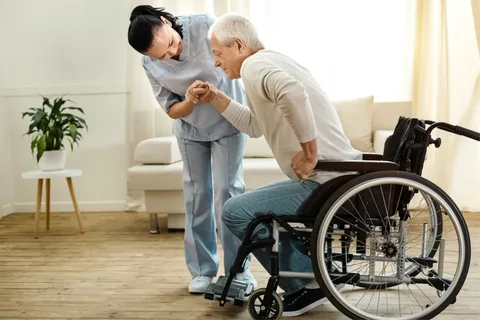Building Stronger Communities: The Social Aspect of Supported Independent Living
Tagged as: .
In Brisbane, supported independent living (SIL) is revolutionizing the way individuals like yourself thrive by providing a powerful social aspect that combats isolation and fosters a sense of belonging and community.
From forging lifelong friendships to fostering a deep sense of connection, join us as we explore how building stronger communities can transform your SIL experience from merely surviving to truly thriving!

Introduction to Supported Independent Living (SIL)
Supported independent living is an alternative living arrangement for people with disabilities who want to live in the community with support. SIL services are available to eligible individuals of any age with any type of disability.
SIL allows people with disabilities to:
- Choose their own housing in the community, including apartments, houses, or group homes
- Receive services and support based on their individual needs and preferences
- Live as independently as possible
- Be involved in their community
Supports may include:
- Help with activities of daily living such as personal care, meal preparation, and budgeting
- Access to health care and other professional services
- Transportation
- Home modifications
- Assistive technology
- Job coaching and support
- Skill training
The Social Impact of SIL on Communities
When people with disabilities can live in their own homes and participate in their communities, it benefits everyone. SIL provides opportunities for social interaction and inclusion that help people with disabilities feel connected to others. This can lead to improved mental health and well-being, increased independence, and a better quality of life for everyone involved.
In addition to the personal benefits, supported independent living Brisbane also positively impacts the community as a whole. When people with disabilities are included in the community, it can help break down stereotypes and barriers. It can also lead to more inclusive policies and practices that benefit everyone.
Supported independent living is an important part of creating strong, thriving communities. By supporting individuals with disabilities to live independently in the community, we can all benefit from the resulting social inclusion and increased sense of belonging
Benefits of SIL for Residents and their Families
SIL provides individuals with the opportunity to develop social and recreational skills while also fostering a sense of community.
Additionally, SIL allows residents to maintain their independence and live in their own homes or apartment within the community. For family members, this can provide peace of mind knowing that their loved one is safe and supported.
For residents, supported independent living can also provide companionship from other peers and activities to do. They have the independence they need to make their own decisions and control their daily lives.
If living arrangements require assistance, staff trained in supporting individuals with disabilities can help with whatever is needed. Finally, SIL provides families with access to resources and support services that staff can provide, such as independent living skills training, health advocacy, transportation services, recreation programs and more.
Conclusion
Ultimately, a strong community requires the right social infrastructure to be successful. Through supported independent living Brisbane, individuals can access necessary services and gain a sense of belonging that contributes to their overall well-being.
By fostering collaboration and creating safe spaces where people feel accepted and validated in their full potential, we build stronger communities for everyone involved. As society grapples with new forms of inequity and gaps between haves-and-have nots, organisations that provide supplemental life skills within supportive contexts become even more important sources of collective strength.
Source By : The Social Aspect of Supported Independent Living